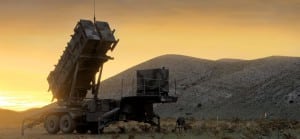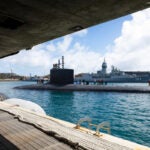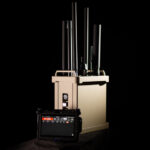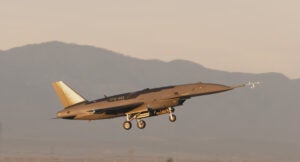
A top Army officer predicts future warfare will increasingly feature long-range rocket threats, many emanating from urban areas.Lt. Gen. H.R. McMaster, director of Army Capabilities Integration Center (ARCIC) and deputy commanding general, futures, Army Training and Doctrine Command (TRADOC), cited historical examples for an audience Tuesday at the Future of War conference in Washington. First was the German V-1 and V-2 threat during World War II. The V-1 was a surface-to-surface, pilotless flying bomb used against England with a range…













